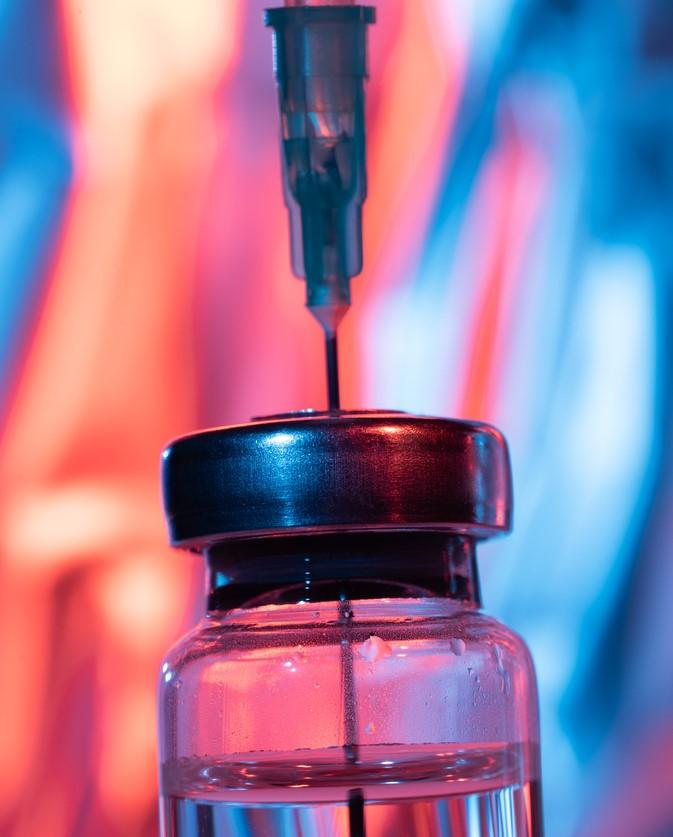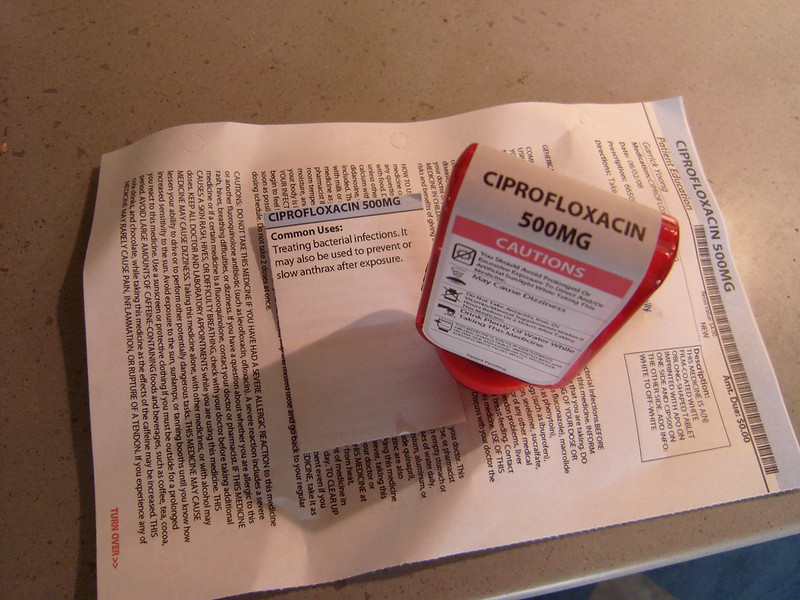A study conducted in four African countries found relatively high use of antibiotics that have a greater potential for promoting resistance, particularly among febrile patients, researchers reported yesterday in Antimicrobial Resistance and Infection Control.
The study, led by researchers with Germany's Robert Koch Institute, examined hospital-based surveillance data from the African Network for Improved Diagnostics, Epidemiology, and Management of Common Infectious Agents (ANDEMIA), which collects data from 12 urban and rural health facilities in Ivory Coast, Burkina Faso, Democratic Republic of the Congo, and South Africa. The study enrolled patients with acute respiratory tract infection (RTI), acute gastrointestinal infection, and acute febrile disease of unknown cause (AFDUC), with researchers focusing on self-reported antibiotic use in the 10 days prior to enrollment. Reported antibiotics were grouped by the World Health Organization's (WHO's) AWaRe (Access, Watch, and Reserve) classification system.
A nuanced perspective on the clinical presentation of the patient, the country-context, accessibility, and affordability of care and treatment needs to be considered when planning and implementing strategies to reduce inappropriate Watch group antibiotic use.
Among 19,700 ANDEMIA patients enrolled from February 2018 through May 2022, 7,258 (36.8%) reported antibiotic use. Slightly more than half (57.5%) of enrolled patients with reported antibiotic use were children under 5, and 45.9% were female. Of the 9,965 antibiotics reported, 5,299 (54.7%) were from the Access group and 4,330 (44.7%) were from the Watch group, which have been associated with selection for multidrug resistance. The most commonly reported antibiotic was the Watch antibiotic ceftriaxone (31.7%). No Reserve antibiotic use was reported.
Watch antibiotic use ranged from 17.4% among RTI patients in Ivory Coast urban facilities to 73.7% among AFDUC patients in Burkina Faso urban facilities, and climbed from 40.7% prior to the COVID-19 pandemic to 50.6% during the pandemic.
Availability, access may be issues
The study authors note the WHO's proposed 2023 target calls for at least 60% of national antibiotic consumption to come from the Access group. But they also caution that the results, while concerning, need to be considered within the context of limited antibiotic availability and access in the four countries.
"A nuanced perspective on the clinical presentation of the patient, the country-context, accessibility, and affordability of care and treatment needs to be considered when planning and implementing strategies to reduce inappropriate Watch group antibiotic use," they concluded.

















